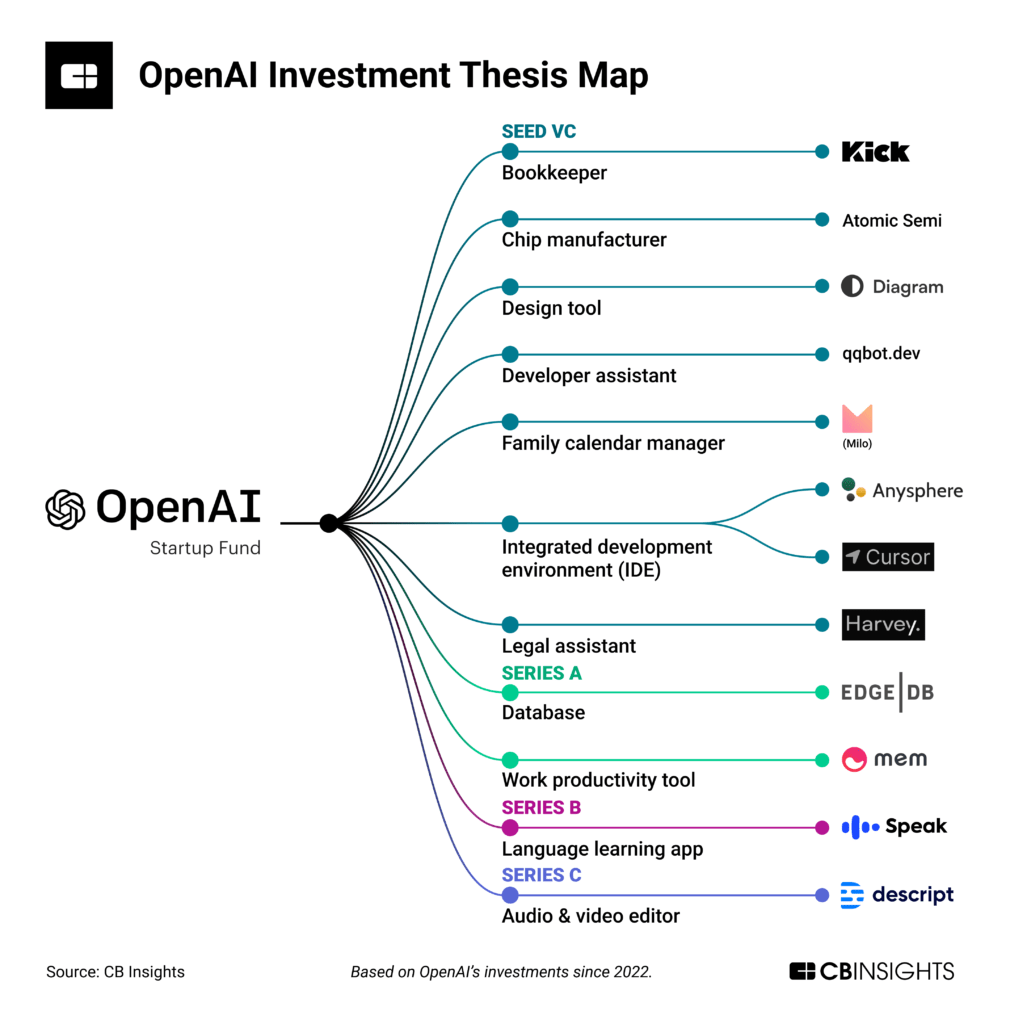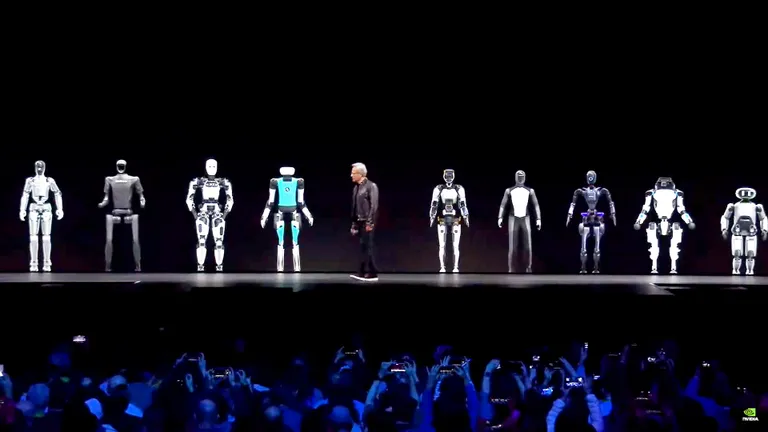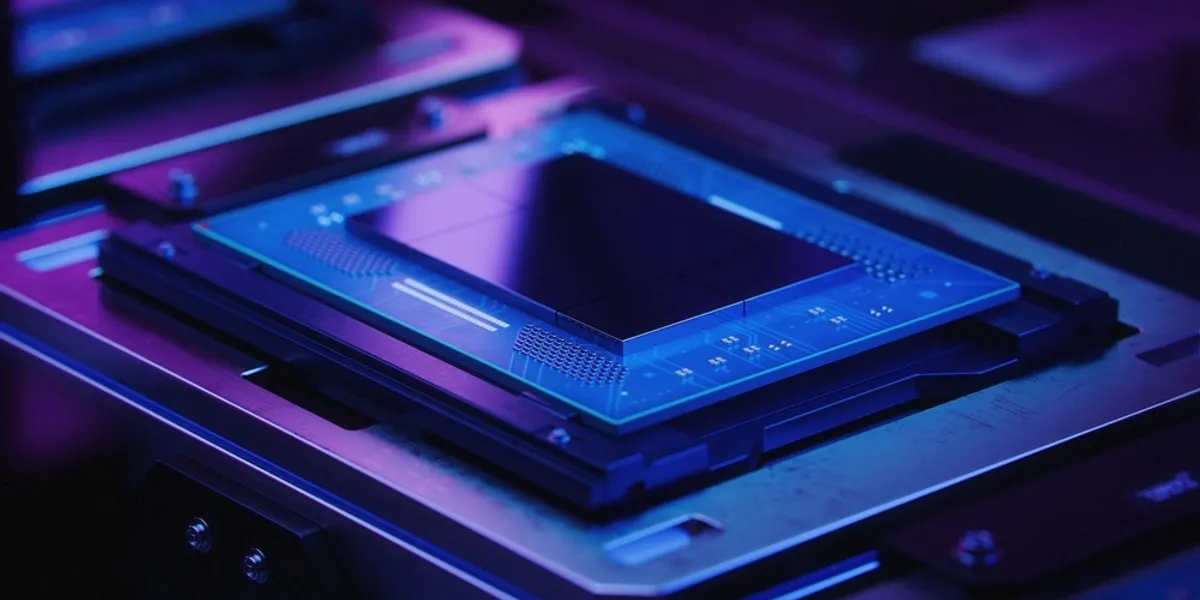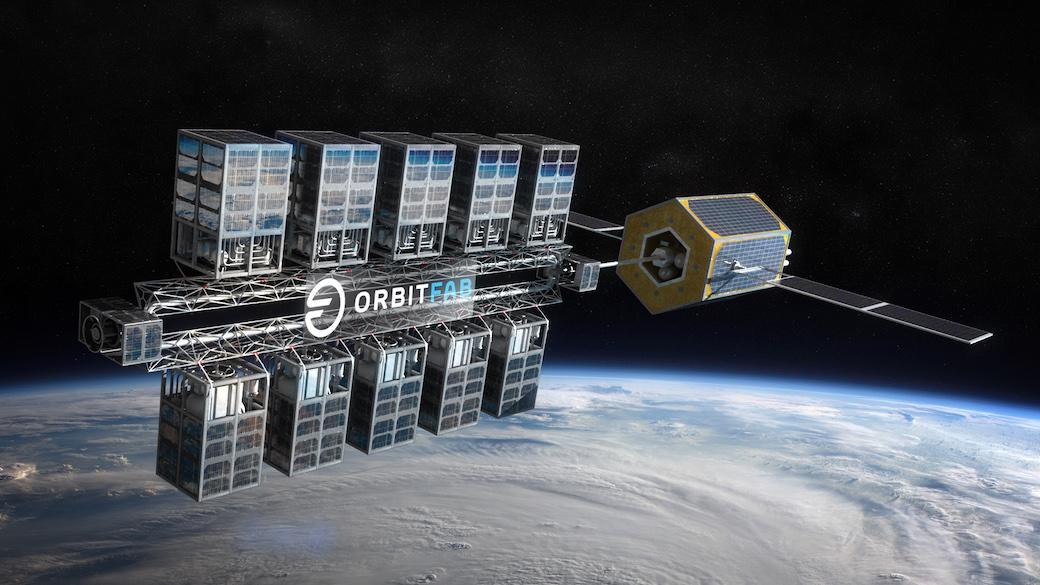“It’s been a challenging journey,” remarked Atomos CEO and co-founder Vanessa Clark about the company’s first demonstration mission, Mission-1, launched aboard a SpaceX Falcon 9 rocket on March 4. The mission’s objectives, including rendezvous, docking, orbital transfer, and on-orbit refueling, are exceptionally ambitious. However, Atomos has encountered and overcome significant hurdles, particularly related to communications and spacecraft rotation rates.
Issues Breakdown
Early into the mission, Atomos faced communication issues, receiving data packets far less frequently than expected. This led to uncertainty and anxiety for the team, with crucial insights into the spacecraft’s status coming in slowly. A pivotal moment came when they collaborated with another company to identify that their spacecraft were moving too fast in direct opposition to Iridium’s satellites, hindering data transmission. By reducing duty cycling and ensuring continuous radio operation, they improved communication.
Meanwhile, the spacecraft began tumbling at an alarming rate, posing a threat to power generation and mission success. Engineers raced to stabilize the spacecraft before the batteries drained completely. Despite the challenges, the team successfully slowed the tumbling and established high-bandwidth communications, providing a wealth of spacecraft health data.

Vanessa Clark, CEO & Co-Founder of Atomos Space
Plans Ahead
Looking ahead, Atomos plans to commission the propulsion system and achieve separation of the spacecraft within a month, aiming to complete all mission objectives by June. The company’s success, according to COO William Kowalski and CEO Vanessa Clark, stems from their vertical integration and intimate knowledge of the spacecraft design, enabling them to tackle challenges head-on.
Clark reflected on the journey, quoting the CEO of Nvidia, “I wish upon you great suffering,” to emphasize the growth and accomplishment that came from overcoming these obstacles.




































